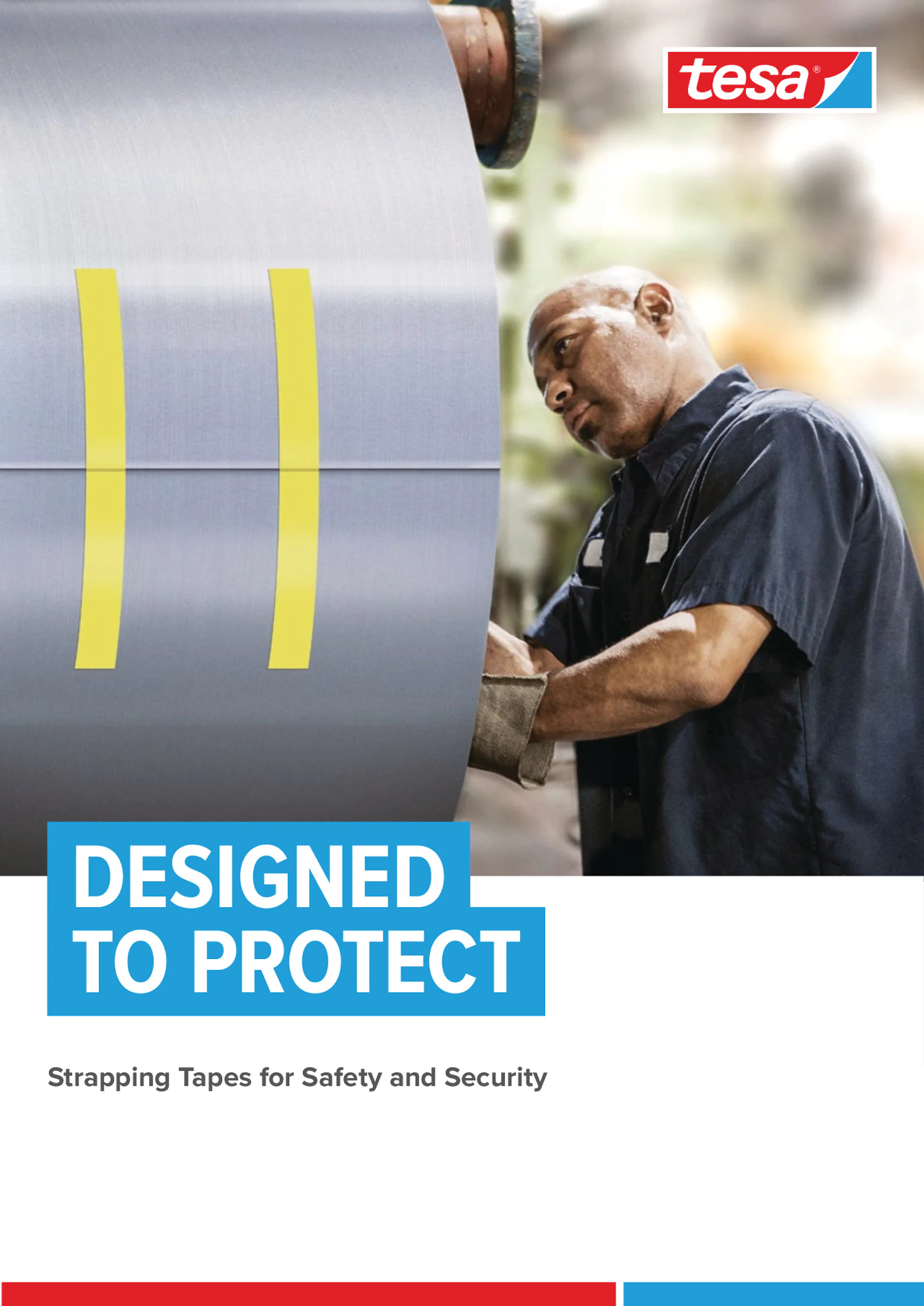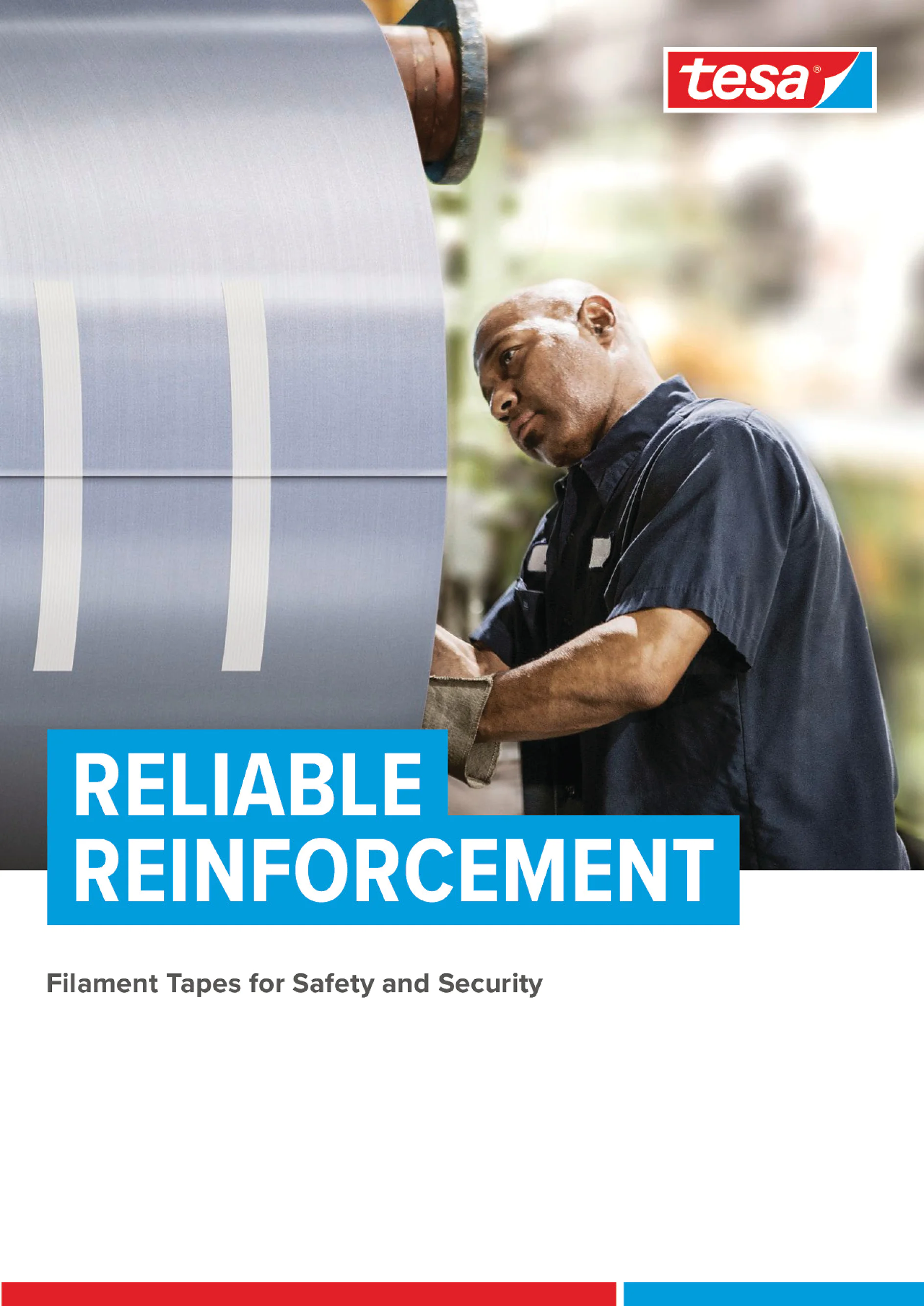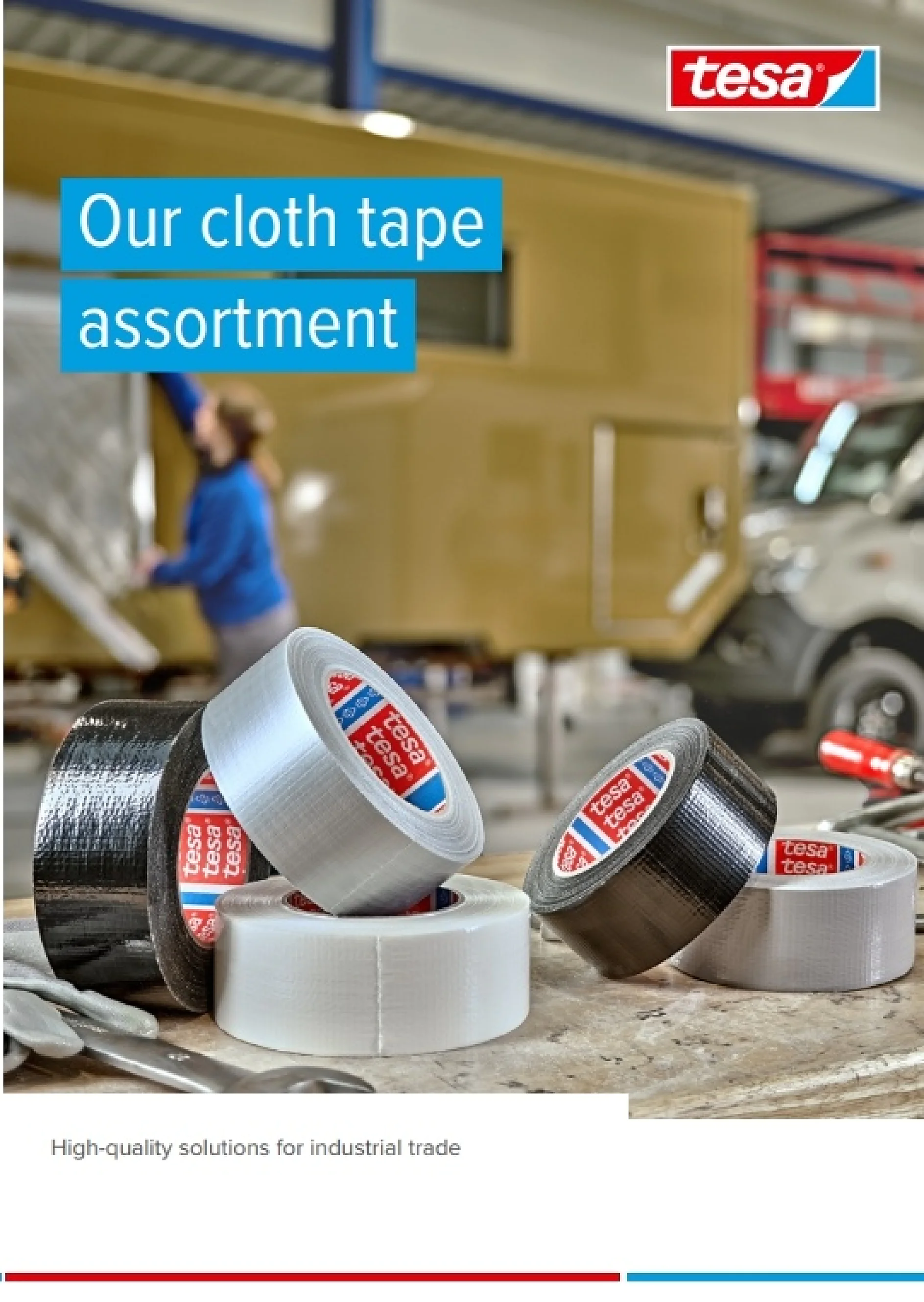
Bundling tapes: strong, flexible holding power you can rely on
Our range of bundling tapes is versatile and ideal for securing, holding, and preparing goods for transport and operation. As one of the strongest products in our assortment, they offer the right balance of strength, flexibility, and reliability. They are ideal for a variety of applications such as reinforcing cartons, sealing cardboard boxes, and securing products for transport and operation. The abrasion-resistant tapes can be used in short and long-term bundling applications, as they are particularly resilient to wear and tear. If you are looking for a high degree of holding power, our adhesive cloth tapes could be the ideal solution.
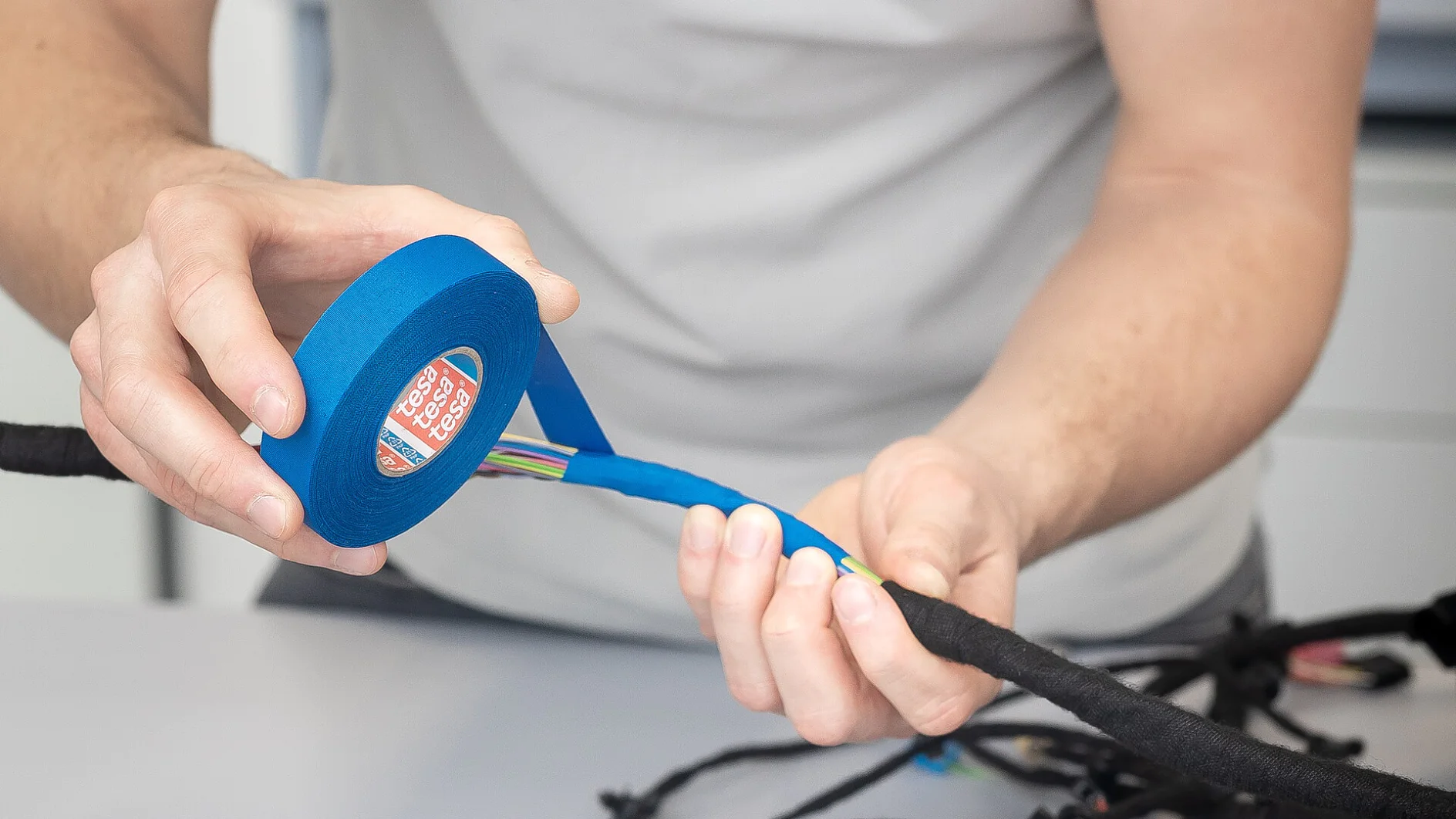
The wire harness tapes (opens in a new window or tab) offer fast, easy bundling and securing for cables, wires, and wire cords, either permanently or during assembly or transport. These flim, cloth or fleece tapes offer properties, from basic bundling performance to noise damping, insulation, and temperature resistance. They are a popular choice in sectors such as automotive, rail, machinery, and telecommunications.
Find the right bundling tape solution
Our strapping and bundling tapes feature an extremely high tensile strength and excellent adhesion to many substrates. The high-performance range is weatherproof, and resistant to aging, tears, and chemicals. Whether you want to secure pallets for transport, bundle or palletize heavy objects, or wrap cables or pipelines, find the right bundling tape for your application easily with our product finder.
Reliable bundling and palletizing of goods
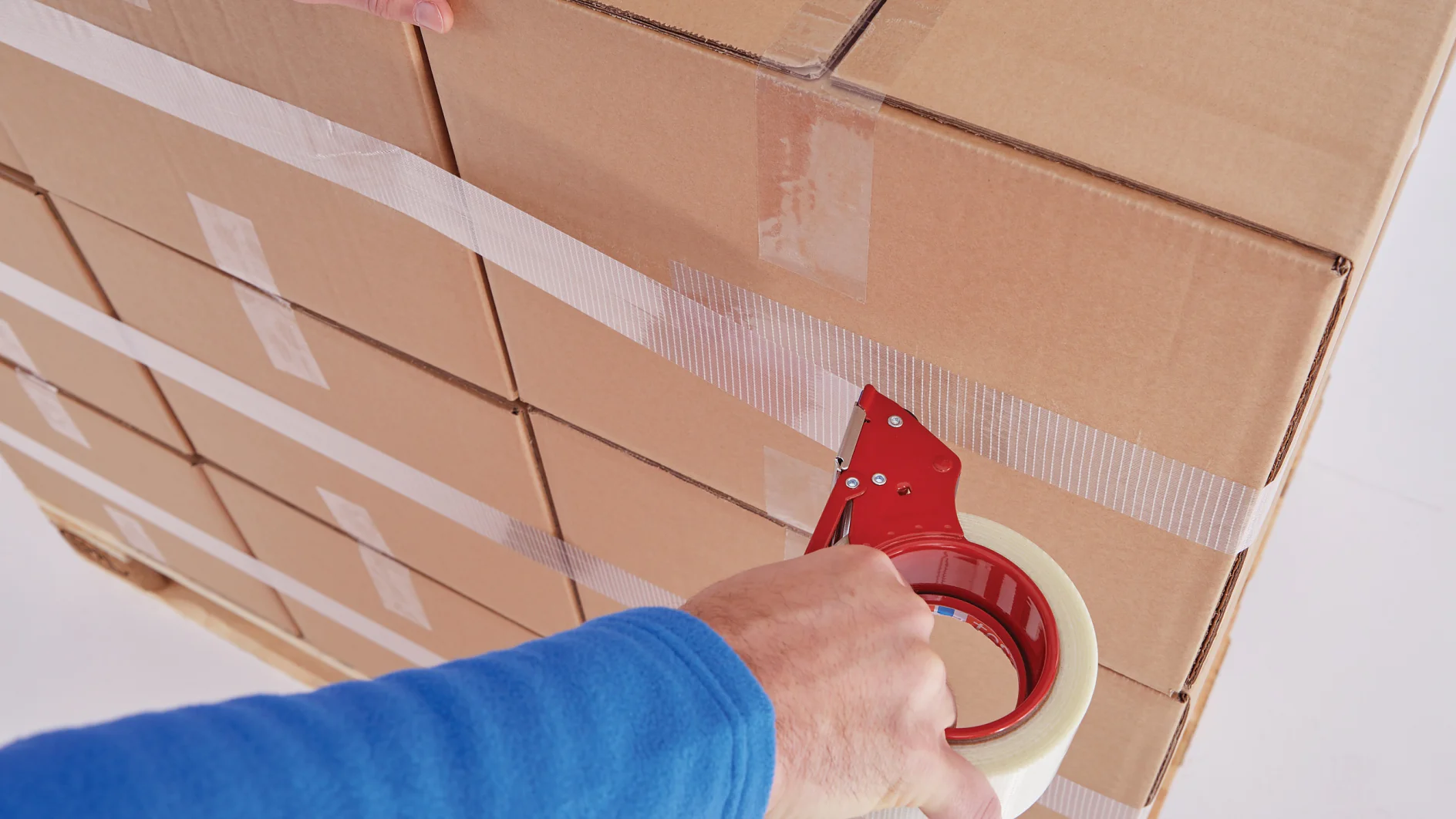
Making sure palletized goods are securely bundled is essential for the distribution and warehousing process. With safe, reliable reinforcement, you can reduce the risk of damage to your products and minimize the risk of any units becoming loose and causing incidents in the supply chain. Our filament adhesive tapes are particularly suited to this kind of application because of their minimal elongation when exposed to shocks and mechanical stress. The tape stays in place on a variety of substrates, ranging from cardboard, metal, and plastics to difficult surfaces such as shrink-wrap and protective films. And of course, the high tack synthetic rubber adhesive used in our bundling tapes provides immediate and strong adhesion, particularly to corrugated materials and surfaces.
Protecting your products when in transit
Our strapping and bundling tapes are designed to protect your valuable goods and help prevent costly claims resulting from transport damage. They reliably reinforce products in transit against many types of impacts common to logistics operations. Fiberglass filament tapes are a dependable alternative when it comes to protecting heavy and bulky packages against transport risks, as they are durable enough to withstand mechanical stress.
Ensure movable and loose parts stay in place
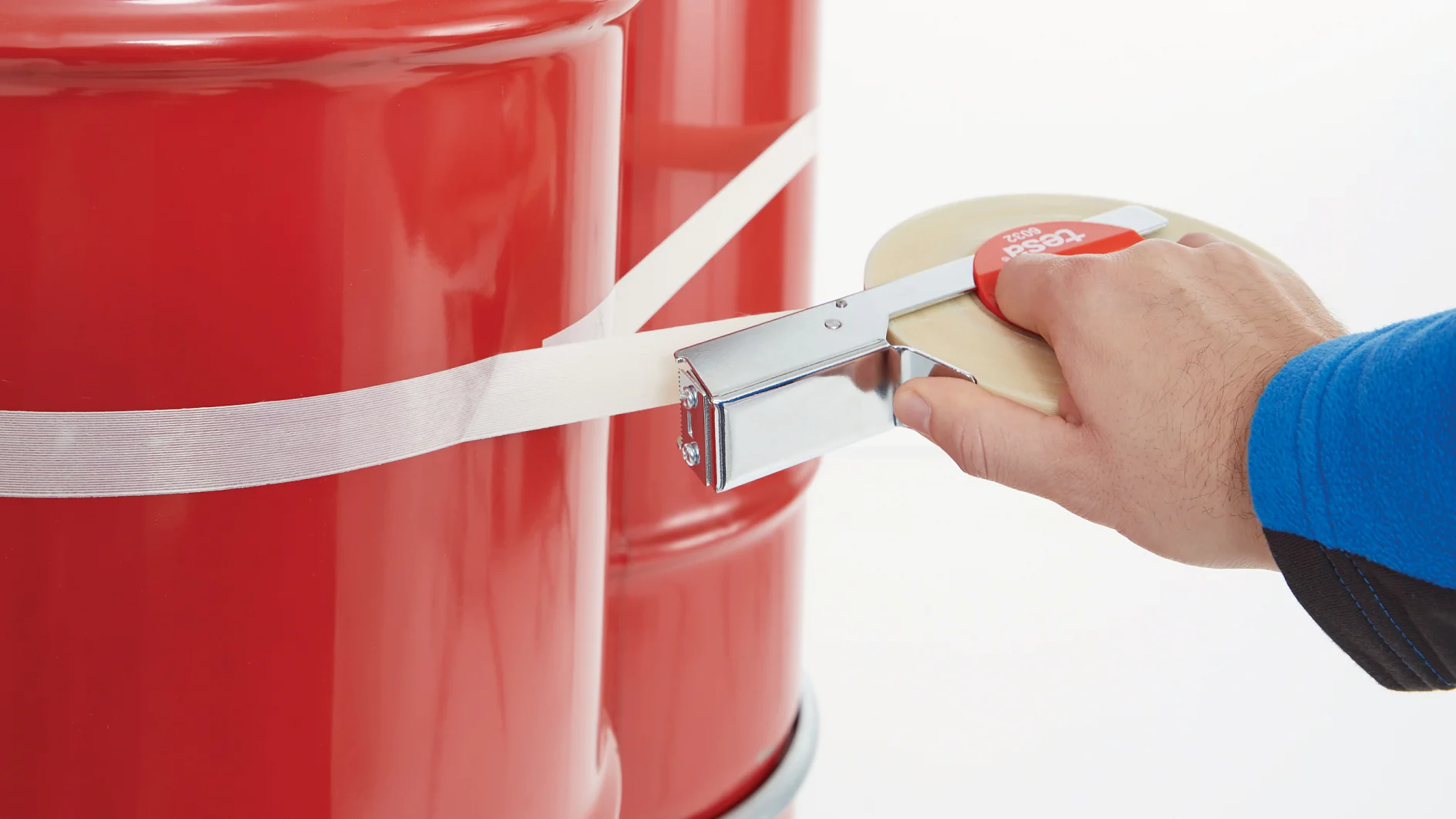
In many industries, product parts need to be held in position or made secure during manufacturing or processing. Whether the application is temporary or permanent, securing movable parts is critical for worker safety and production line efficiency. Our strapping and bundling tapes are an ideal solution when you need to keep loose parts firmly in place. If you need a tape to temporarily fasten any loose parts that are difficult to handle, fiberglass filament tapes with stain and adhesive transfer resistance are a smart choice.
Innovative wire harness tapes
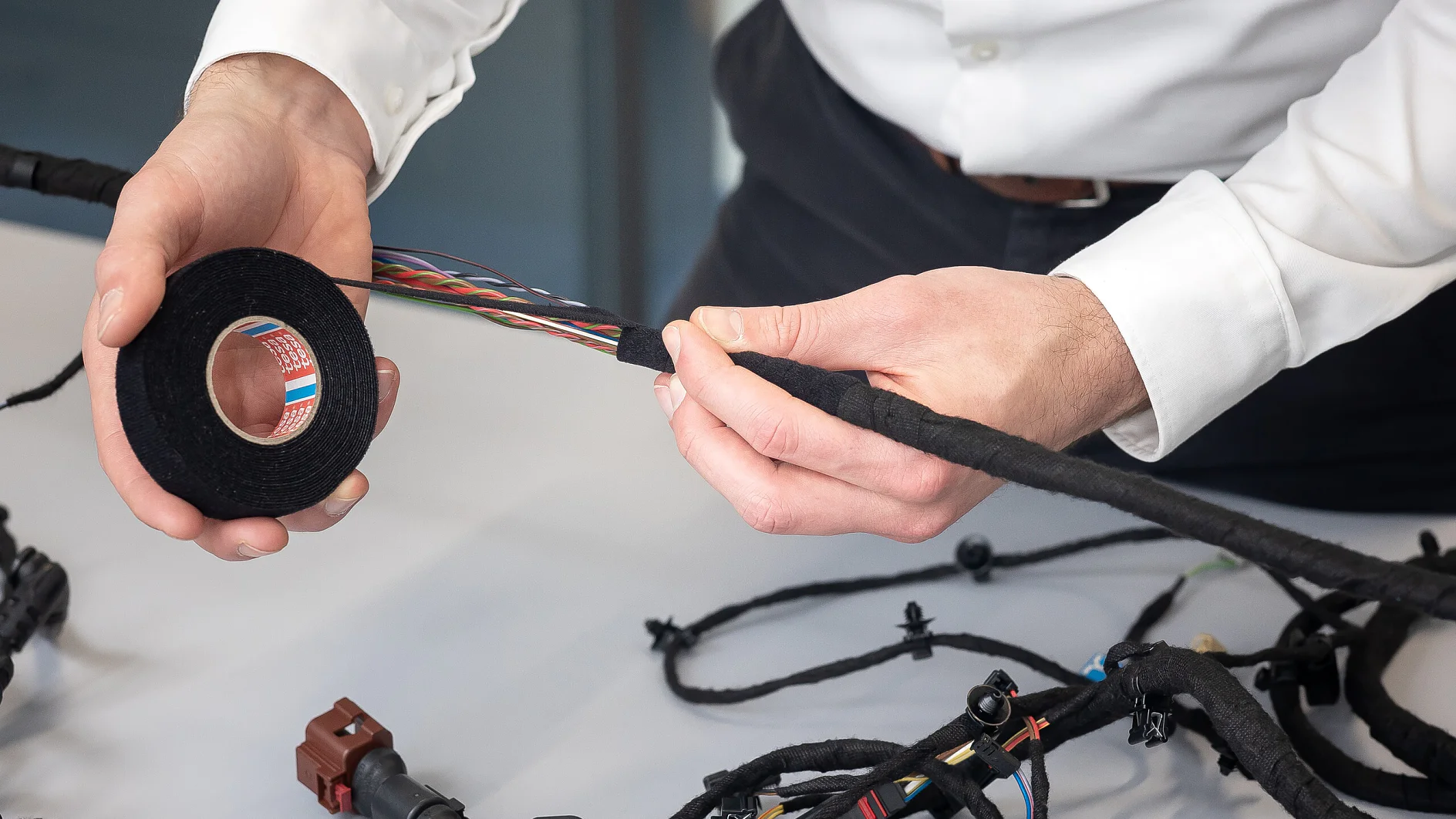
Our extensive range of wire harness tapes (opens in a new window or tab) offers reliable and efficient bundling while protecting against noise and abrasion. Using state-of-the-art backing materials and innovative adhesive technologies, we tailor cable management solutions to meet existing and future TIER and OEM requirements in a range of sectors such as automotive (opens in a new window or tab).
Thanks to the versatile converting capabilities, we can also offer innovative product solutions such as sleeves. Sleeve solutions are a popular replacement for traditional harness coverings such as braided sleeves or convoluted tubes due to their light weight and flexibility. In addition, our space-saving sleeves minimize adhesive contact with the wires, thereby further increasing flexibility compared to standard applications.
FAQs about bundling tapes
How do bundling tapes compare to traditional strapping methods?
Traditional strapping methods usually require specialist equipment to apply, whereas bundling tapes are generally easier to use. Bundling tapes offer a more cost-effective solution and flexibility across various applications – from securing small packages to bundling cables and wires. Ultimately, the choice between bundling tapes and traditional strapping depends on the specific needs of the application, budget, as well as the size and weight of the items involved.
What industries benefit most from using bundling tapes?
Bundling tapes are used in a wide variety of sectors: manufacturing, automotive, electronics (opens in a new window or tab), construction (opens in a new window or tab), retail, appliance (opens in a new window or tab), and telecommunications to name a few. Bundling tapes benefit these industries with their versatility, cost-effectiveness, and ease of use.
How can bundling tapes improve workplace organization and safety?
Bundling tapes are excellent for organizing products, boxes and cartons, as well as cables and wires. They reduce clutter, minimize trip hazards, and prevent accidents caused by products moving or shifting when stored. Bundling tapes keep materials organized, and an organized stockroom allows warehouse staff to quickly locate and access what they need. They also maximize available space, help with inventory control, and boost overall productivity and workflows.
What are the advantages of using color-coded bundling tapes in industrial settings?
By implementing color-coded bundling tapes, manufacturers can benefit from improved organization, safety, and efficiency, making operations smoother and more effective. Using different kinds of color tape makes it easier to identify cables and wires and highlight hazards such as “no-cut” zones. And in some sectors, using color-coded tapes ensures compliance with local legislation or industry standards.

